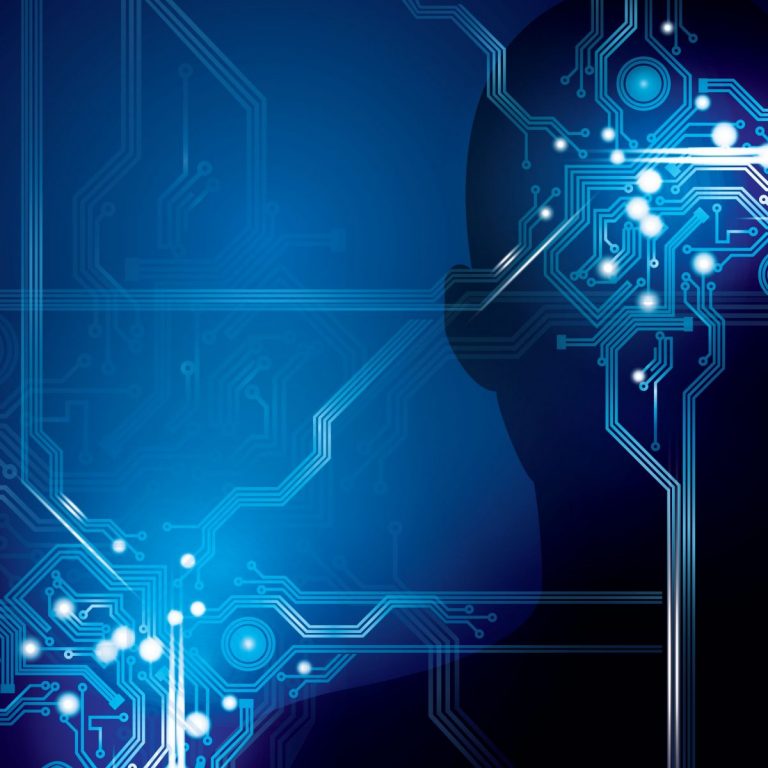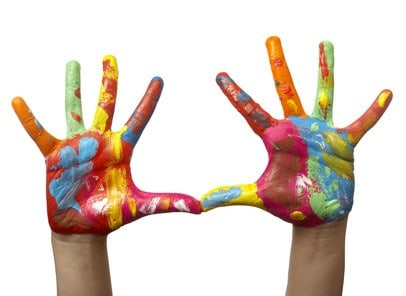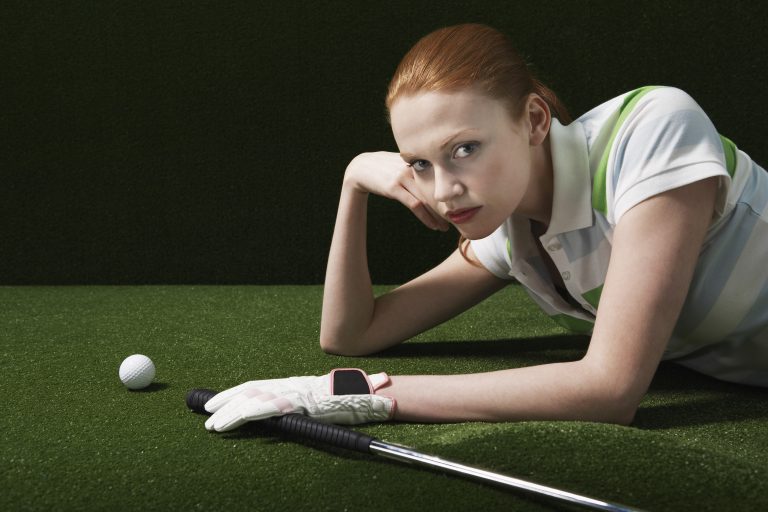Every trade has some kind of core subset of tools to achieve the work people need to do. In the processes I have designed for Gamification Nation we use the following tools, which are drawn from game design, learning design, marketing, UX and business process re-engineering and possibly design thinking.
The first tool we tend to use with clients is a scoping analogy called “What is your MOSCOW?” It lists out what are the “Must have’s, the Should have’s , the Could have’s and the Won’t have’s”. This simply lists from the outset, what is in or out of scope and it elicits what people expect from a design project. Budgets will determine some of these, but often the client team has some specific ideas of what is needed and we add our view into that mix to come up with this list.
The next toolkit we delve into is that often used in user research for UX and marketing, namely user behaviour observation, interviews and surveys. The results of these activities give us a good idea of the type of users we are dealing with and their preferences around motivation, work, the process we are dealing with and their player styles. We often build the user types from Andrzej Marczewski into our process. Typically out of this we make some critical design choices from gameplay to mission.
Either at this point or after the user flow journey design, we hold a number of design thinking workshops with first of all the project team on the client side and then also with target audience groups. We use a set of card decks to give a starting point in game elements and then we guide people through the process of designing the phases of our game. A game typically needs an over-arching mission or theme, an objective (or multiple objectives) and then we look for elements we put into attracting players, engaging player, sustaining their engagement and the ultimate end-game for finite game or game restart loops for infinite games.
Then we come up with a user flow or journey for the user, which probably has it origins in business process re-engineering but was vastly improved with the experience design movement. In this step, we map out the various steps in the process for the user and we highlight were the meaningful touchpoint may be for gamification or for making an impact. It also shows up any missing steps for the client and for us. Normally this is a discussion document, which will be iterated a number of times, to get to the mix the client approves of.
Then the most important tool for us as gamification designers is the gamification design document, which comes straight out of game design. Effectively it is the document where all the game play is described, the triggers for them and all game elements are specified in great detail. It takes the shape of an excel sheet with multiple tabs for each game element. We like the capture the detail in here so we can then easily look back at what could be changed in future iterations and also to have a source base for developers to work with. Each item has to be developed or configured into a system.
We often also create mock-ups, paper prototypes and powerpoint versions of the end result, to also get feedback on the final design look and feel. In the pilot test, these materials are used to confirm our design ideas or reject them. In learning projects this often takes the shape of a storyboard, which used to be mainly a word document, but more and more has the images and interactions roughly sketched out. I use InVision for play-testing, Powerpoint and my latest find StoryboardFountain for Mac, which allows me to tell the story in images.
We know we are one of the more structured gamification design agencies around, so it would be fun to hear from other approaches. The above have been working for us for 5 years and we keep tweaking things to achieve the best outcomes for our end-users.





